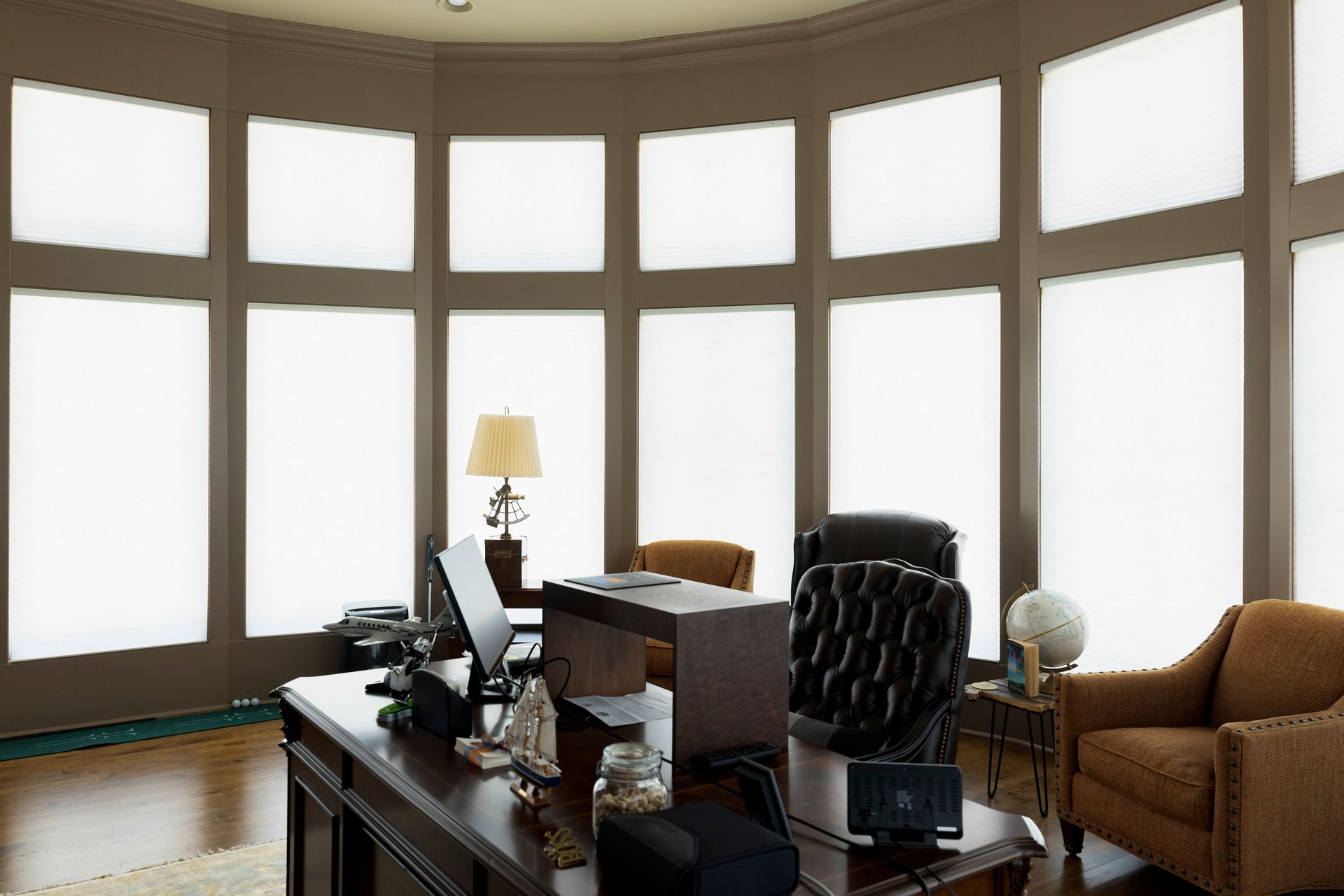Homeowners planning to remodel their homes and those building new homes are faced with not just choosing among window treatments and flooring. They are also faced with the consequences of their choices. Most everyone has heard by now of the terrible health consequences of the chemicals in flooring and their adhesives, furniture that off-gasses as well as problems with ducts for those with breathing problems and allergies. Homeowners wishing for the best possible indoor air quality search for products without these chemicals.
Just What is Indoor Air Quality Anyway?
Most people spend time indoors. Offices, stores, schools, churches, entertainment centers and homes constitute indoors. Dust, pollens not filtered well enough through heating and air conditioning, molds, residue from cleaning chemicals, dust and dirt from passing traffic, residue from remodeling and a dozen other things affect the air we breathe in these indoor places. OSHA reports that these contaminants cause more than just breathing problems. They are responsible for fatigue, headaches, difficulty concentrating and irritation of the eyes and nose, throat and lungs. The health and safety entity also reports that things like asbestos and radon gas might not be immediately discernible, but will cause cancer down the road. Those most affected are those with weakened lungs, the very young, whose lungs aren’t well developed yet and the elderly. Indoor air quality, therefore, can be defined as how clean the air indoors is.
Why is Indoor Air Quality Important?
As we work, live and sleep in indoor environments, we breathe. The Environmental Protection Agency or EPA tells us that indoor air is as much as 7 to 10 times more polluted than outdoor air. Poor indoor air quality, it has been reported, is responsible for more deaths than heart problems and cancer. Now apply these statements to babies, toddlers and seniors, whose lung capacity isn’t quite up to snuff. Homeowners should see how their own breathing is affected by these unseen contaminants. Air quality indoors is vital for the continuance of life.
What Can be Done About It?
Improving the quality of the air indoors is as simple as buying blinds and other window treatments manufactured with a Green Guard certification. This is recommended due to their dedication to cutting down as much as possible on off-gassing chemicals in building, home and health care products. Homeowners may rest assured that their health is being considered with the best blinds with Green Guard Certification available today.
How Does Green Guard Work?
The Underwriters Laboratory or UL tests everything to make sure it’s safe for consumer use. The white UL tag can be found on everything sold in a store in the United States. Green Guard is a certification program which tests everything for emissions of volatile organic compounds or VOCs. As the demand for healthy sustainable products escalates, measures are being taken by the building and manufacturing industries to ensure consumers get the safest products with the lowest possible VOC emissions. This is what Green Guard Certification means.
Green Guard was first developed in 2002 at the behest of the EPA for furnishings and building products. The EPA’s LEED certification developed from Green Guard’s certification criteria. Green Guard Gold certification ensures that schools and health care facilities use products with the lowest possible VOC emissions.
Ask us about Green Guard certification on our products! We can help you learn more when you contact us for more information.
Expert Advice by Just Blinds


